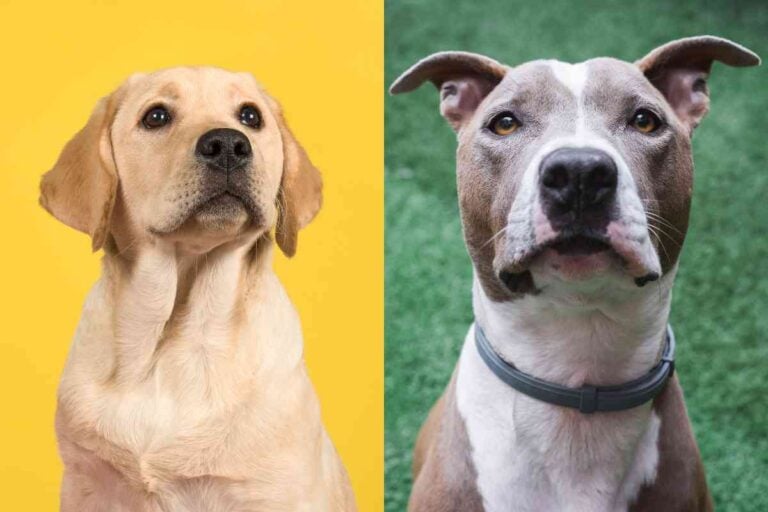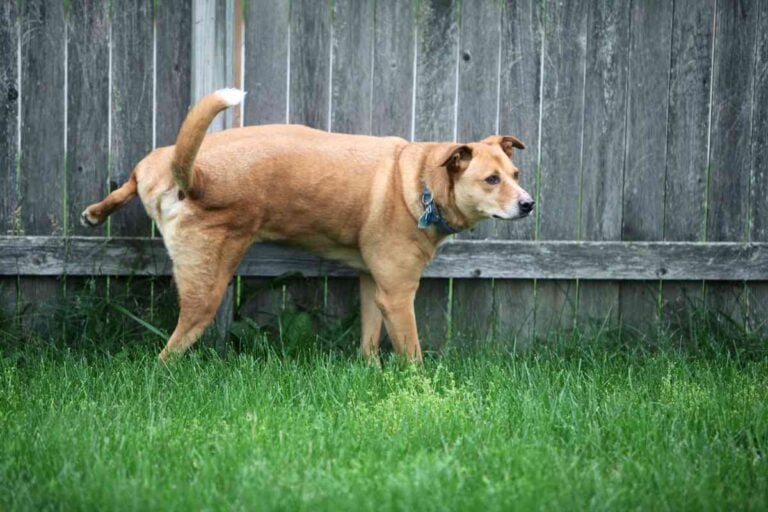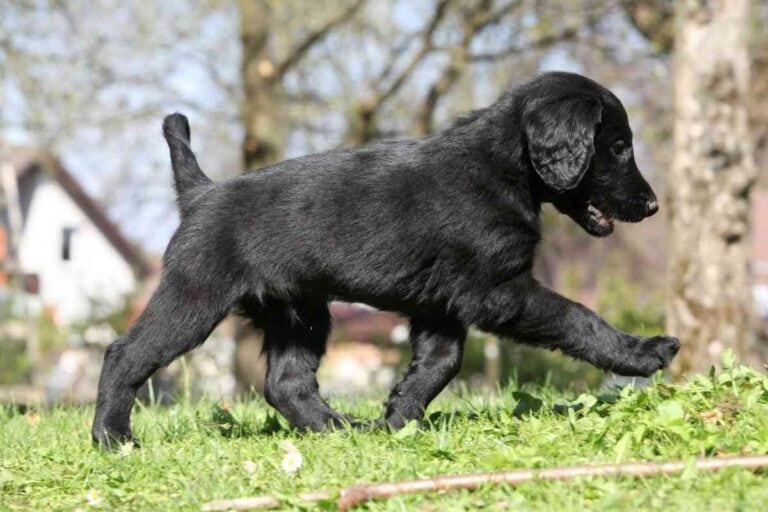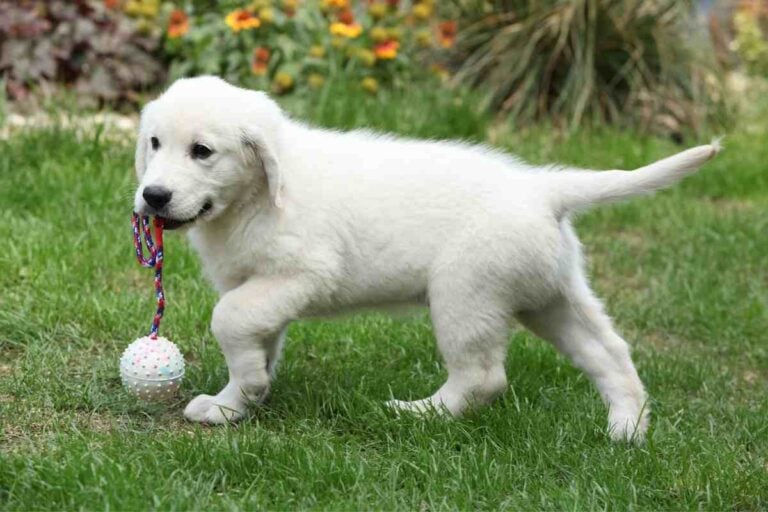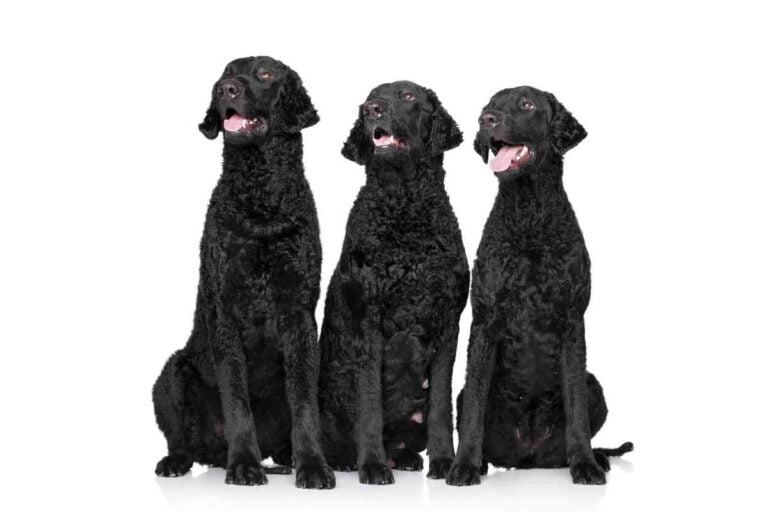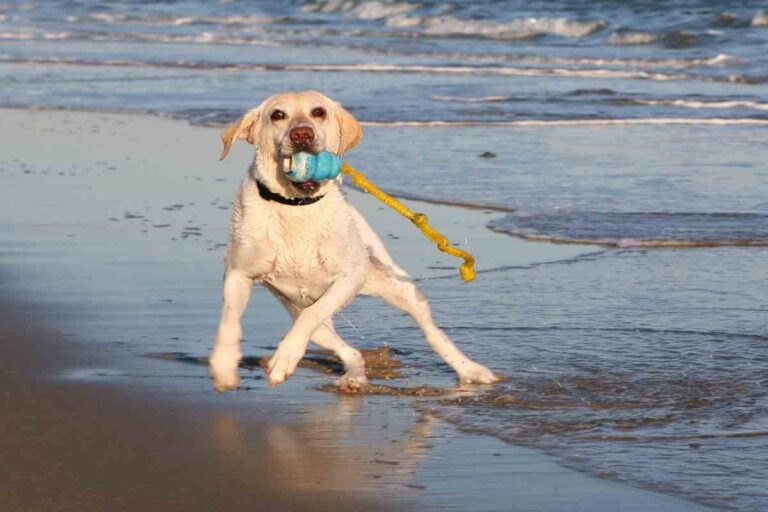Why Is My Dog Licking His Paws? Reasons, Remedies, and Relief
As pet parents, we often find our dogs engaging in a variety of behaviors – some adorable, others puzzling, and a few that may even be cause for concern. One such behavior that often leaves us scratching our heads is excessive paw licking.
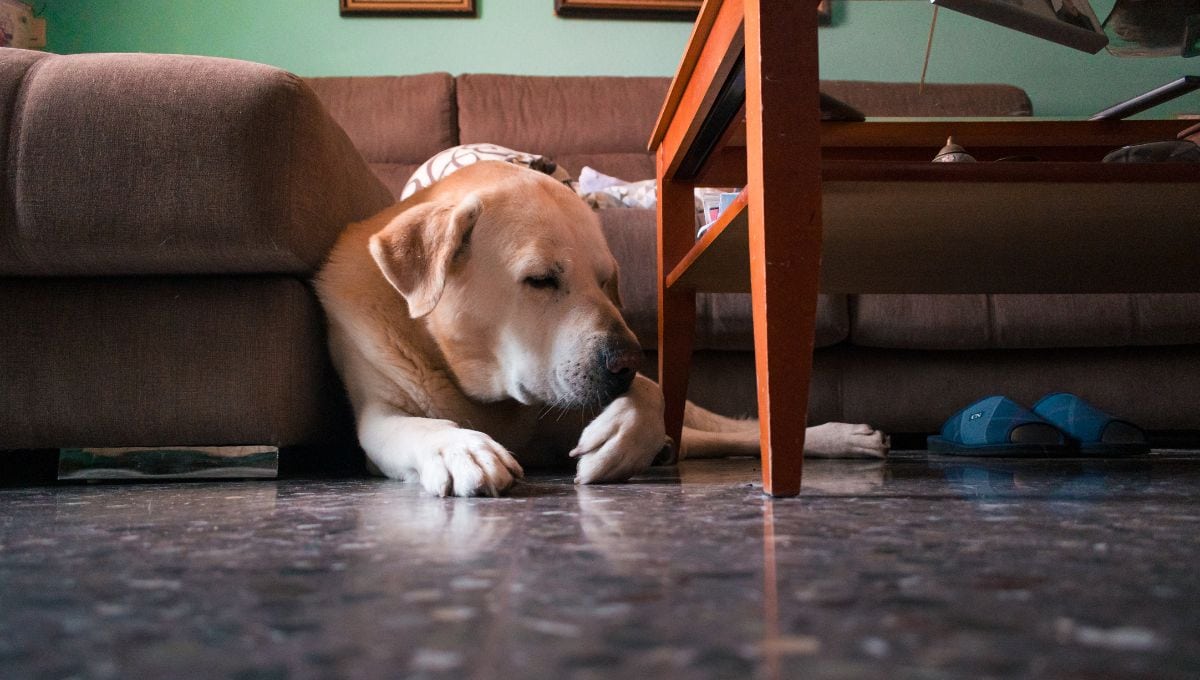
If your dog seems to be licking his paws all the time, you are probably wondering why. Is it normal? Should you be worried? And most importantly, how can you help your pup find relief from this constant licking?
If you are looking for answers to these questions, then read on to better understand this behavior and how you can effectively address it. In this guide, we will explore the reasons behind excessive paw licking in dogs, potential remedies, and ways to provide relief for your pet.
How Much Paw Licking Is Too Much?
All dogs lick their paws. Occasional paw licking is a completely normal behavior and can be observed in various situations. However, if you notice your dog keeps licking their paws constantly, this could be a sign of an underlying issue that requires attention.
So how much paw licking is considered normal? And when should you be concerned? Let’s find out.
Normal Paw Licking Behavior
Dogs naturally lick their paws as part of their grooming routine. This is often seen, for example, after coming inside from a walk or spending time outdoors where they may have stepped on something or gotten their paws dirty. They will lick their paws clean and then move on to something else.
Dogs also routinely lick their paws before sleeping as a self-soothing behavior. This behavior has a calming effect, similar to how humans engage in relaxation rituals before bedtime, like reading or listening to calming music. It’s a way for them to unwind and prepare for rest.
So if your dog is licking their paws for a short period of time and then stops, this is considered normal behavior.
Excessive Paw Licking Behavior
Excessive paw licking in dogs is characterized by repetitive and frequent licking of the paws, often to the point where it becomes a problematic behavior. Dogs that excessively lick their paws often do so with great intensity, which can lead to redness, inflammation, or injury to the paw pads.
This type of licking usually indicates an underlying issue that requires attention, such as itching, pain or irritation that your dog is trying to soothe or eliminate by licking their paws.
Excessive licking can lead to damage, including hair loss, sores, and skin infections on the paws. Dogs that lick constantly may neglect other important activities, as they become preoccupied with this behavior.
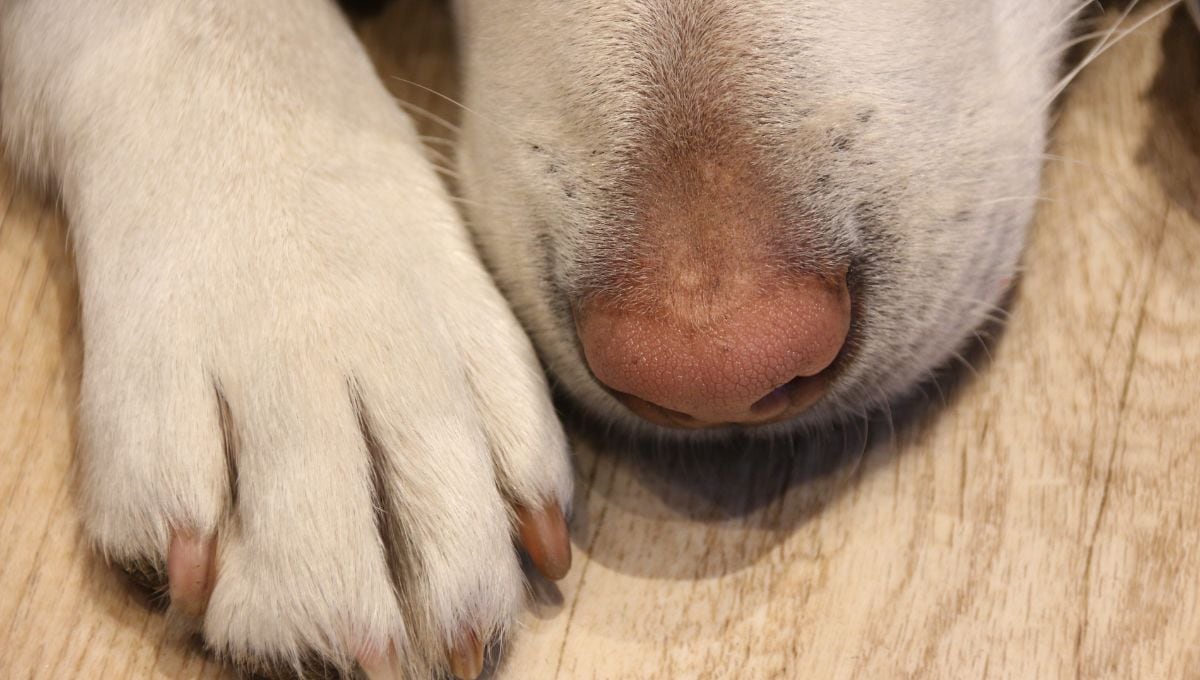
Why Is My Dog Licking His Paws So Much?
So what is it that makes dogs lick their paws all the time? The most common culprit is allergies. Dogs with allergies may obsessively lick and chew at their paws to the point of injuring themselves.
Dogs can develop allergies to environmental factors such as pollen or dust mites. Flea allergies, food allergies and environmental allergies are the most common types of allergies in dogs.
An allergic reaction will cause itching and discomfort, leading dogs to lick their itchy paws in an attempt to find relief. Allergies often involve more than just the dog’s paws, leading to a more generalized atopic dermatitis.
However, there are many other health problems and behavioral reasons for excessive paw licking:
- Skin Infections and Irritations: Skin conditions like fungal or bacterial infections, insect bites, or contact dermatitis can cause itching and discomfort, driving dogs to lick their paws excessively to relieve the irritation. Chemicals in the environment such as salt or snow melt can irritate sensitive paw skin.
- Pain or Discomfort: Dogs may lick their paws if they are experiencing pain or discomfort. Conditions like arthritis or injuries can lead to localized pain, and licking is a way for them to self-soothe. Things like overgrown toenails, foreign bodies like burrs stuck between the toes, and cracked paw pads can also be a source of pain.
- Boredom or Separation Anxiety: Dogs that are bored or anxious may resort to licking as a way to cope with stress or occupy themselves.
- Habit or Behavioral Issues: In some cases, excessive paw licking can become a habit or a form of self-soothing, even if the underlying cause has been resolved.
- Gastrointestinal Issues: Dogs with stomach or intestinal problems may sometimes lick their paws excessively. This behavior is thought to be a response to nausea or discomfort in the digestive system.
- Environmental Factors: Environmental factors like dry or cold weather can lead to dry skin that itches, prompting dogs to lick their paws for relief.
- Secondary Complications: Excessive paw licking can lead to secondary complications, such as skin infections. A secondary infection can turn what might have been a mild problem into a big problem.
Now that you know the various reasons why your dog is licking his paws so much, how do you narrow down the exact trigger? In the next section, we’ll discuss how to diagnose the root cause of excessive paw licking in dogs.
Diagnosing Excessive Paw Licking In Your Dog
Figuring out possible reasons for your dog’s paw licking starts with examining the paw. If the paw is not overly painful and your dog is cooperative, you can do an initial inspection at home.
If you are lucky, the cause will be something simple like an overgrown nail that you can trim or a burr that you can remove. But in many cases, the dog will need to be taken to a veterinarian for a proper diagnosis and treatment plan.
Examining Your Dog’s Paws At Home
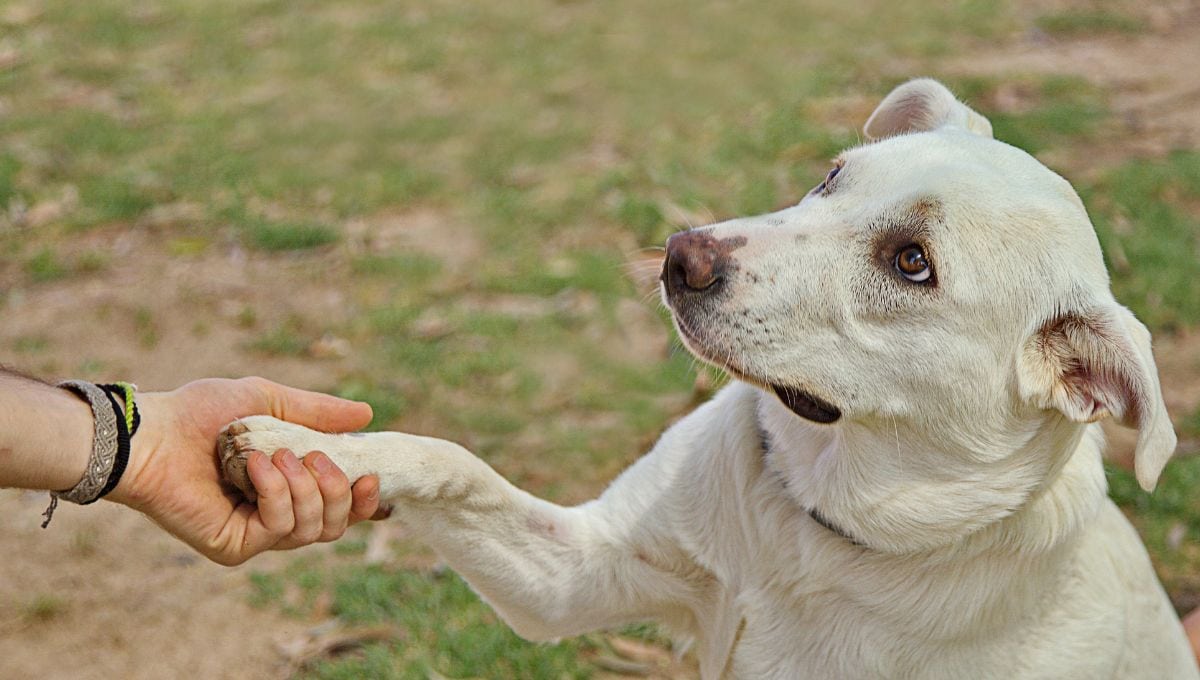
Start by selecting a well-lit area and ensuring your dog is in a calm and comfortable state. Encourage your dog to sit or lie down, and then gently lift one of its paws.
Carefully examine the paw, checking for redness, skin irritation, swelling, cuts, bee sting, or the presence of foreign objects like thorns or splinters. Make sure to check the dog’s skin between the toes and beneath the paw pads.
Also check for any discharge, such as oozing or pus, and assess for any foul odors, which may indicate an infection. Pay close attention to the condition of the nails, ensuring they are not overgrown or broken.
If there is no visible simple cause of the problem, or if there is evidence of injury or infection, or if your pup will not let you examine his paw, then the next step is a visit to the vet.
Veterinary Diagnosis of Paw Licking Problems
The process of diagnosing the cause of your dog’s paw licking starts with a physical exam of your dog, where they will check for any signs of injury, infection, or dermatological issues. They will also ask about the dog’s medical history and any recent changes in the environment or diet.
From there, your vet may recommend different diagnostic tests depending on their initial findings. These can include skin scrapings and cultures to detect parasites or if there is a bacterial or yeast infection present.
Blood tests may be recommended to assess allergies, and imaging studies such as X-rays or ultrasound to check for joint or bone issues that could be causing pain and discomfort.
Allergy testing can help identify allergens triggering excessive paw licking in dogs. However, in many cases confirming a diagnosis of allergies relies on response to treatment with allergy medications or dietary changes.
If stress or anxiety is suspected, a behavioral evaluation can help identify any emotional factors that may be influencing the behavior.
By combining physical examination findings, medical history, and diagnostic tests, veterinarians can identify the specific cause of excessive paw licking. This comprehensive approach helps them create a targeted treatment plan to address the underlying issue and provide relief for the dog.
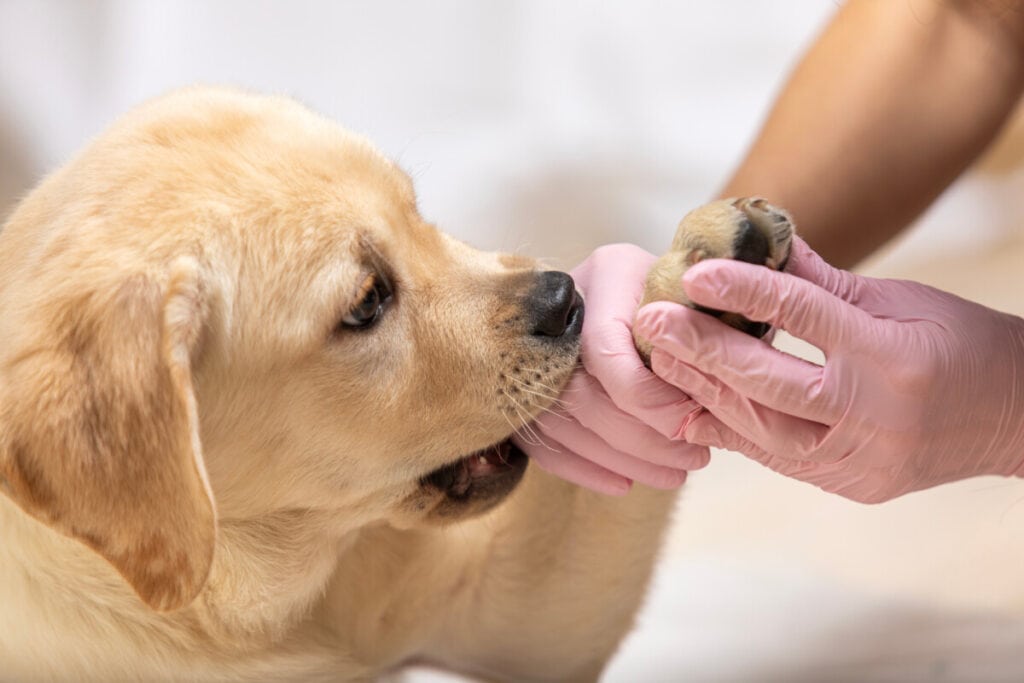
Remedies and Relief for Excessive Paw Licking
The best treatment for your dog’s excessive paw licking depends on the underlying cause. In most cases, the first step is to address any medical or physical issues that may be causing discomfort or irritation.
For example, if an infection is present, your veterinarian will prescribe antibiotics or antifungal medication to treat it. If allergies are diagnosed, your vet may recommend allergy shots or prescribe special diets to help manage symptoms.
In addition to addressing the root cause of the excessive paw licking, there are several steps you can take at home to provide relief and discourage the behavior. Many of these can also help prevent future episodes of excessive paw licking once the underlying issue has been resolved.
Here are some of the things you can try to try to stop your dog from licking his paw all the time:
- Use a lick deterrent like bitter apple spray on your dog’s paws to discourage licking.
- Use an Elizabethan collar (e-collar or cone) to prevent your dog from licking their paws and allowing them to heal.
- Keep the paws clean by shampooing them with a soothing, hypoallergenic shampoo or even just rinsing them with a mild, pet-safe antiseptic solution or warm water to remove potential irritants.
- Consider soaking your dog’s paws in an Epsom salt solution (dissolved in warm water) to relieve itching and irritation. Always make sure the water is at a comfortable temperature.
- Regularly trim your dog’s nails to prevent overgrown and jagged nails.
- Use a pet-safe, hypoallergenic paw balm or moisturizer to keep your dog’s paw pads hydrated and prevent dryness.
- Use booties during walks to protect their paws from allergens or irritants in the environment, and wipe their paws with a damp cloth after walks to remove environmental allergens.
- If a food allergy is suspected, try switching to a hypoallergenic diet.
- Identify and eliminate potential allergens in your dog’s environment, such as changing cleaning products or washing their bedding with hypoallergenic detergents.
- Provide plenty of mental and physical stimulation for dogs that are bored or anxious.
- Use calming tools such as pheromone diffusers or dietary supplements to help ease stress and anxiety.
Remember, every dog is different, so it may take some trial and error to find the right combination of treatments for your pup. Working with your veterinarian and following their recommendations is the best way to ensure your dog gets the relief they need.
Conclusion
When it comes to dog ownership, it’s important to have a deep understanding of your dog’s behavior even when it comes to seemingly harmless habits like excessive paw licking.
This kind of behavior can be due to allergies, anxiety, boredom, or even a sign of an underlying medical condition. By observing your dog’s behavior and seeking guidance from your veterinarian, you can stop excessive paw licking before it becomes a habit.
Maintaining a strong partnership with your veterinarian is always helpful in these types of situations. Your veterinarian can provide guidance on appropriate interventions, such as dietary changes, environmental modifications, or behavior training, tailored to your dog’s specific needs.
So the next time you see your pup constantly licking their paws, don’t dismiss it as a minor issue – take action and be an advocate for your four-legged friend. Keep an eye on those paws and stay attentive to your dog’s needs, and you’ll both be happier for it.
Let’s keep those paws healthy and paw-licking at bay!

